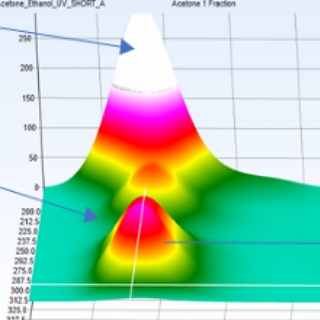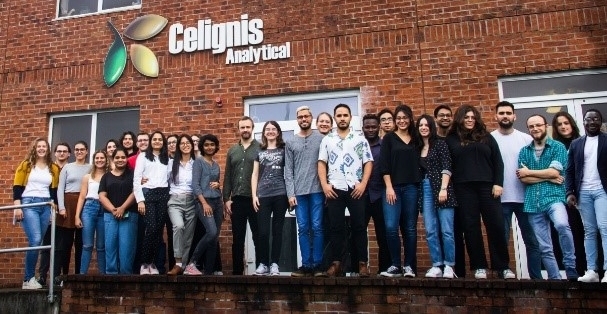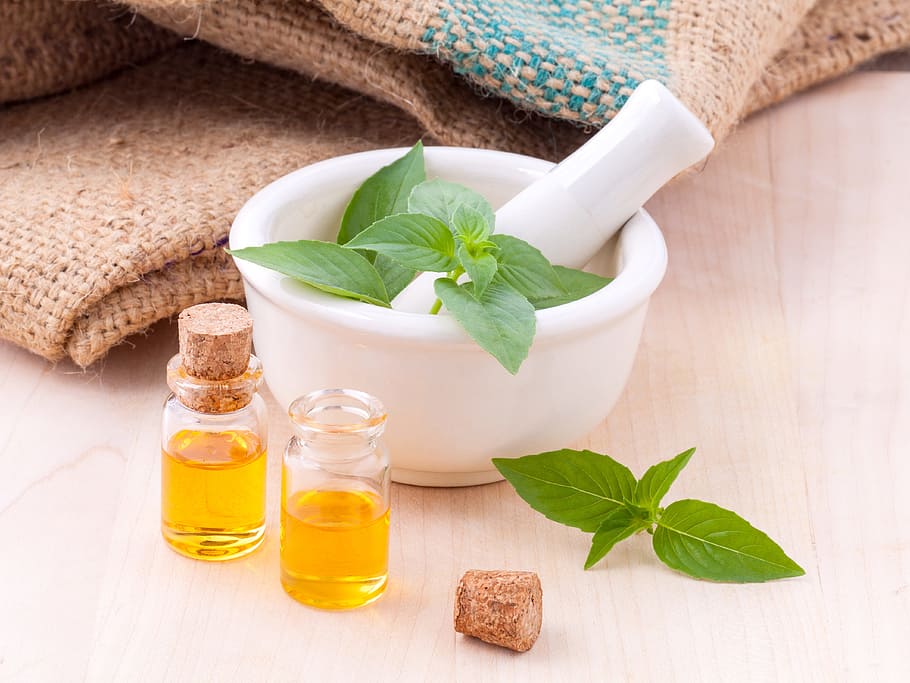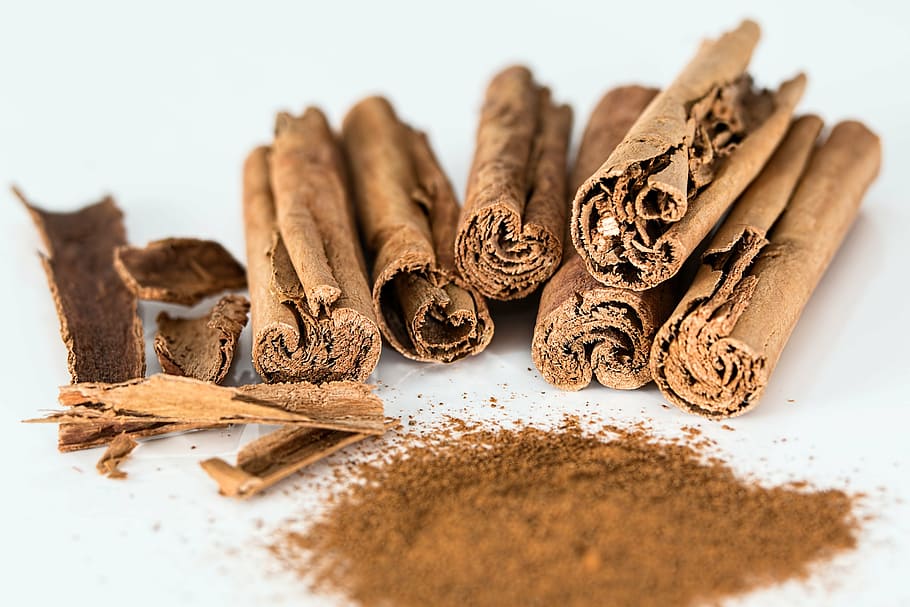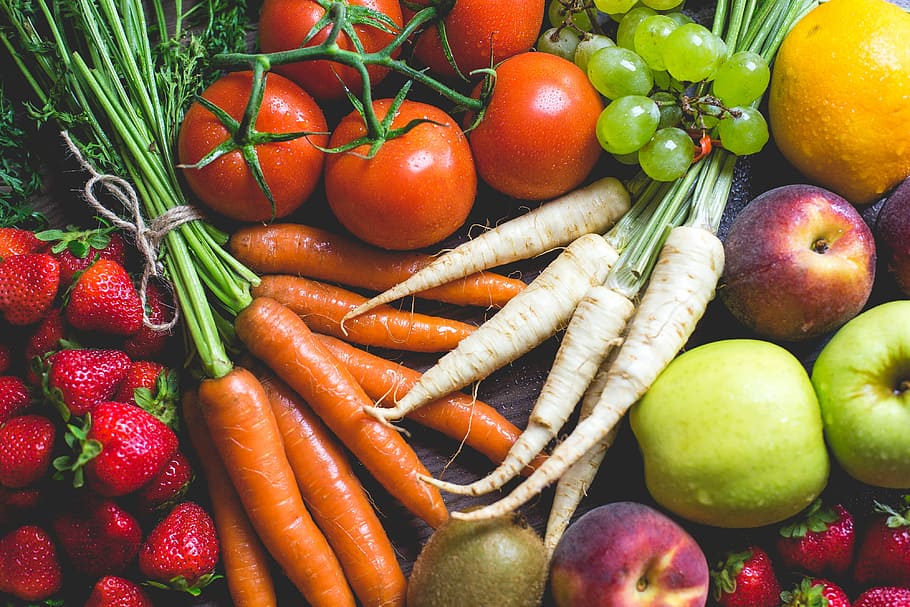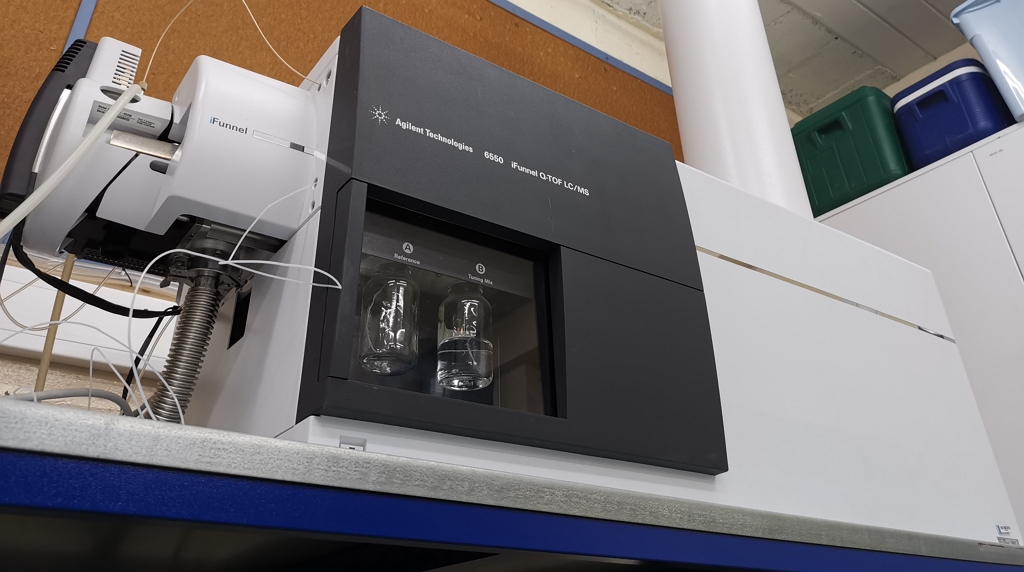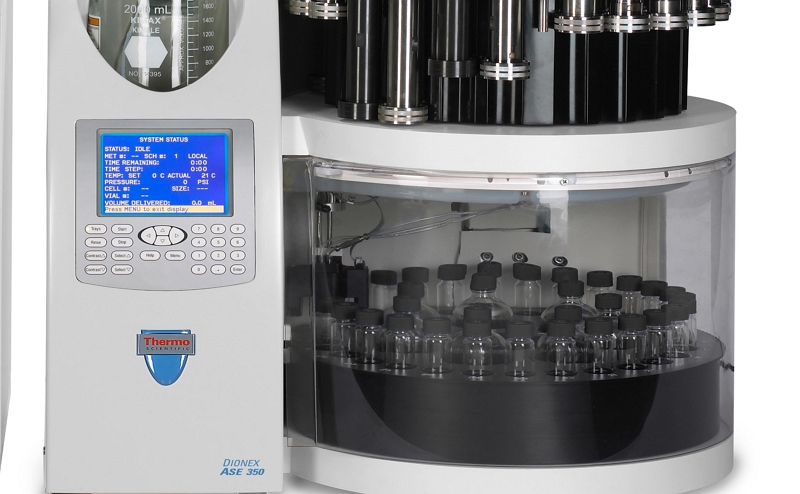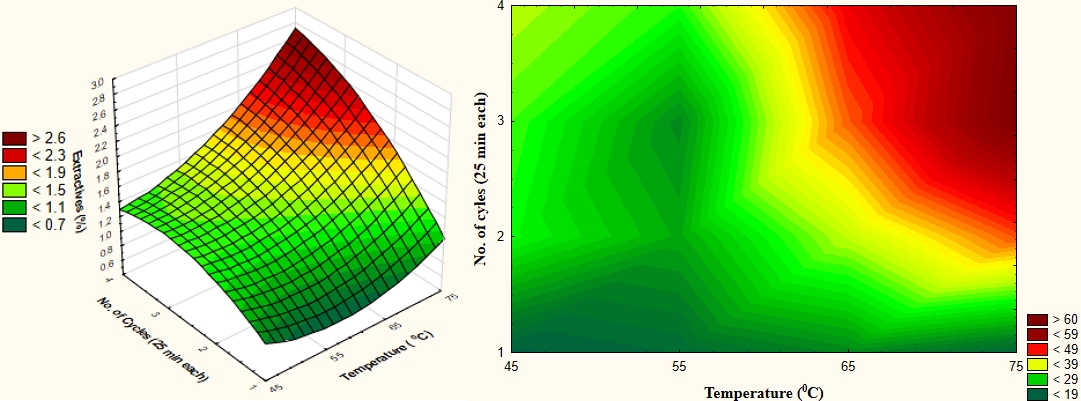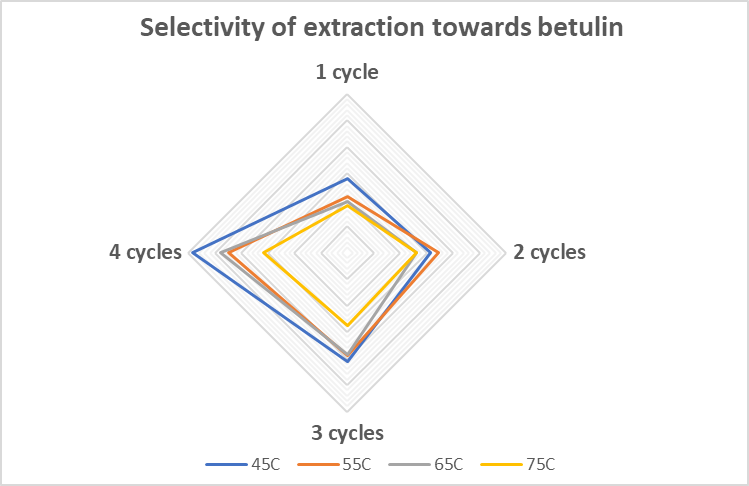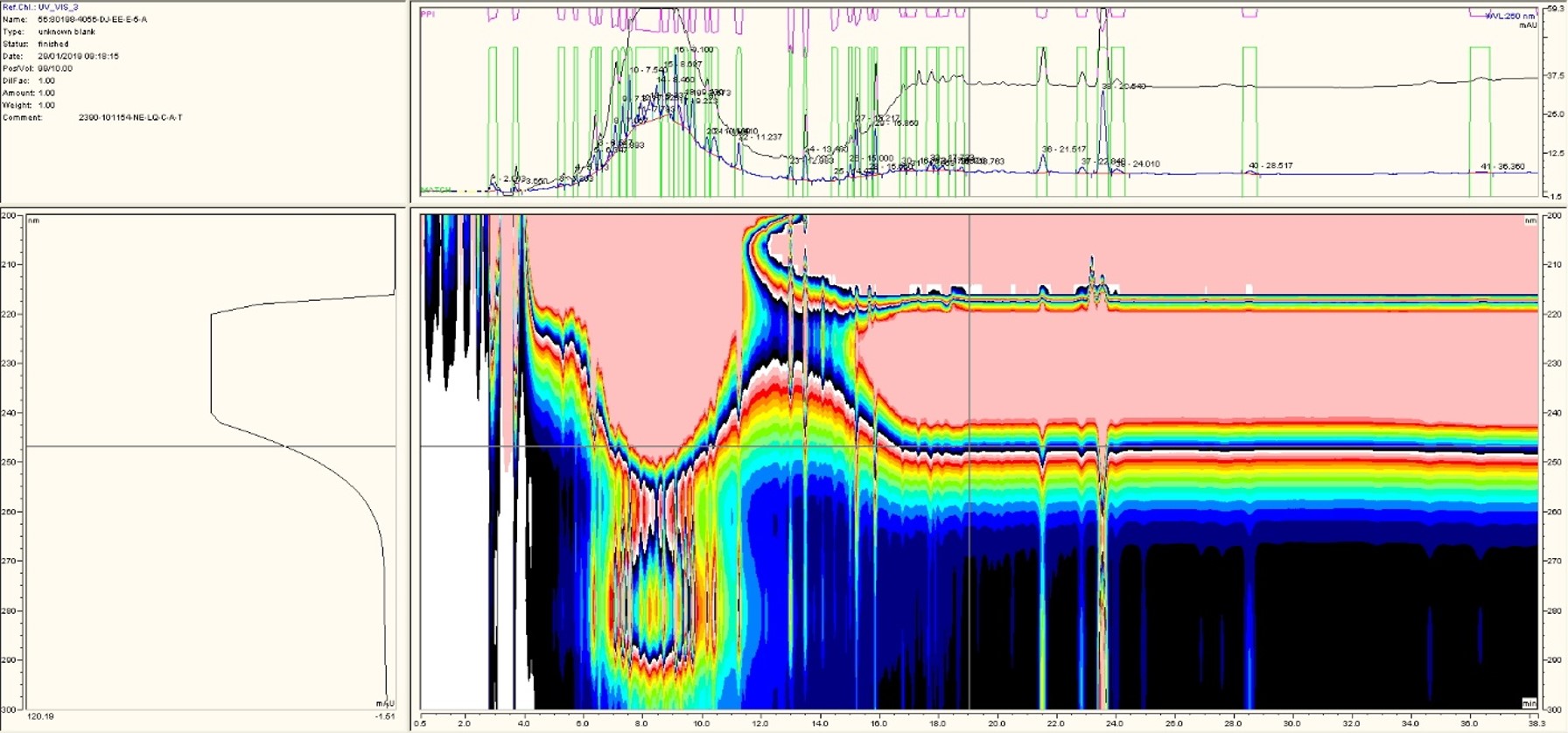Processes for the Extraction of Bioactives from Seeds
Background
Many bioactives and other high-value plant constituents can be considered to be a part of the biomass extractives, which are defined as extraneous components that may be separated from the insoluble cell wall material by their solubility in water or neutral organic solvents.
Click here to learn more about the ways in which bioprocesses can be developed to efficiently and sustainably extract these extractives from biomass, with particular selectivity towards the bioactives and chemicals of interest.
Get more info...Extraction Processes
Bioactives in Seeds
Seeds are composed of different anatomical fractions (seed coat, endosperm, and embryo) with the amount and composition of the bioactives that are present being dependent on the fraction.
Some seeds (e.g. from nutmeg and pomegranate) contain arils, defined as is an outgrowth that completely covers the seed. Nutmeg kernel and mace (aril) have high concentrations of lignans and neo-lignans which have applications in the medical and food sectors.
The bioactive compounds from seeds can be selectively extracted and fractionated without denaturing the bioactive compounds. The advanced extraction methods that can be used include microwave treatment, ultrasonic extraction, pressurised liquid extraction, sub-critical, and super-critical fluid extraction methods.
Further Info on Classes of Bioactives in Seeds
Examples of some alkaloids found in seeds are listed below:
- Morphine and Codeine - These alkaloids are found in the seed pods of the opium poppy (Papaver somniferum). Both are potent analgesics and are used in medicine for pain relief.
- Nicotine - This alkaloid is found in the seeds (as well as the leaves) of the tobacco plant (Nicotiana tabacum and related species).
- Strychnine - Found in the seeds of the Strychnos nux-vomica tree. It is a potent neurotoxin and can be lethal in high doses.
- Caffeine - Present in the seeds of several plants, including coffee (Coffea spp.), cacao (Theobroma cacao), and tea (Camellia sinensis). Caffeine is a stimulant and is the most widely consumed psychoactive substance in the world.
- Quinine - The seeds and bark of the Cinchona tree contain quinine. It has antimalarial properties and was historically the primary treatment for malaria.
Get more info...Alkaloids
Below are listed some examples of some seeds in which sterols are found:
- Sunflower Seeds - These seeds contain a significant amount of plant sterols, particularly beta-sitosterol, campesterol, and stigmasterol.
- Sesame Seeds - These are another good source of plant sterols, including beta-sitosterol and campesterol.
- Pumpkin Seeds - Contain a variety of plant sterols, with beta-sitosterol being the most abundant.
- Flaxseeds (Linseeds) - Their sterols include beta-sitosterol, campesterol, and stigmasterol.
- Rapeseeds (Canola) - Canola oil, derived from the seeds of the canola plant, is a rich source of plant sterols, including sitosterol, campesterol, and brassicasterol.
Get more info...Sterols
Examples of some lignans found in seeds are listed below:
- Secoisolariciresinol diglucoside (SDG) - This is the primary lignan found in flaxseeds and is one of the most commonly consumed lignans in a typical Western diet. It is broken down in the body into the mammalian lignans enterodiol and enterolactone, which can exert various biological effects.
- Pinoresinol and lariciresinol - These lignans are found in sunflower seeds and poppy seeds and are metabolized into enterolignans in the body.
- Sesamin and Sesamolin - These are specific lignans found in sesame seeds. Sesamin has been studied for a variety of potential health benefits, including anti-inflammatory effects and potential benefits for heart health.
- Matairesinol - This lignan is present in the seeds of several plants, including flax, seasme, rye, pumpkin, and sunflower.
Get more info...Lignans
Examples of some types of glycosides found in seeds are listed below:
- Cyanogenic Glycosides - hese are found in several types of seeds, including apple seeds, peach pits, and apricot kernels. When these seeds are chewed or digested, the cyanogenic glycosides can release cyanide, which can be toxic in high amounts. However, the small amounts in these seeds are generally not harmful unless consumed in very large quantities.
- Cardiac Glycosides - These are found in the seeds and leaves of some plants like foxglove (Digitalis purpurea). They have been used in medicine to help regulate heart function.
- Flavonoid Glycosides - Common in a variety of seeds. For example, quercetin glycosides, a type of flavonoid glycoside, can be found in onion seeds.
- Saponin Glycosides - Found in many types of seeds, including quinoa and soybeans. They have a variety of potential health benefits but can also interfere with nutrient absorption in large amounts.
- Anthraquinone Glycosides - Present in the seeds of certain plants like senna and rhubarb. They have a laxative effect and are used in some herbal remedies for constipation.
- Glucosinolates - Sulphur-containing glycosides found in the seeds of cruciferous vegetables like mustard, broccoli, and cabbage. They can break down into various compounds with potential health benefits, including indoles and isothiocyanates.
Get more info...Glycosides
Examples of some seeds containing anthocyanins are listed below:
- Chia Seeds - Black chia seeds contain a certain amount of anthocyanins, primarily cyanidin and delphinidin derivatives, which contribute to their dark coluor.
- Black Soybean - Black soybean seeds have anthocyanins in their seed coat, primarily cyanidin-3-glucoside, delphinidin-3-glucoside, and peonidin-3-glucoside.
- Grape Seeds (from dark grapes) - Grape seeds from dark-coloured grapes contain several anthocyanins, including malvidin, peonidin, and cyanidin.
- Black Sesame Seeds - Black sesame seeds have anthocyanins, specifically cyanidin-3-glucoside, that contribute to their black colour.
Get more info...Anthocyanins
Examples of some flavonoids in seeds are listed below:
- Flavonols - Flavonols are often found in high amounts in seeds. Examples include quercetin and kaempferol, which have been studied for their potential health benefits such as anti-inflammatory and antioxidant properties.
- Isoflavones - Soybean seeds are rich in isoflavones like genistein and daidzein. They have been studied for their potential benefits to heart health and hormone regulation.
- Flavan-3-ols - These include compounds like catechins, which are found in certain seeds like grape seeds and have antioxidant properties.
- Flavanones - Examples of flavones in seeds include apigenin in celery seeds, luteolin in parsley seeds, and tricetin and tricin in chia seeds.
- Proanthocyanidins - Also known as condensed tannins, these are complex flavonoid polymers found in many types of seeds, including grape seeds and cranberry seeds. They have been studied for their antioxidant and anti-inflammatory properties.
Get more info...Flavonoids
Examples of some terpenoids found in seeds are provided:
- Carotenoids - This terpenoid provides the yellow, orange, and red colors found in many plants. Carotenoids are found in the seeds of many plants, including corn and tomatoes.
- Ginkgolides - Found in the seeds of Ginkgo biloba and have been studied for their potential medicinal properties, including as anti-asthmatic and anti-allergic agents.
- Artemisinin - This is a sesquiterpene lactone (a type of terpenoid) found in the seeds and leaves of Artemisia annua (sweet wormwood). It is used as an anti-malarial drug.
- Sesquiterpene lactones - Found in many plant seeds, sesquiterpene lactones are known to have anti-inflammatory and anti-microbial effects. Some seeds of the Asteraceae family, such as sunflower seeds, contain these terpenoids.
- Monoterpenes - Certain seeds, such as fennel and dill, contain monoterpenes like limonene and carvone, which give these seeds their characteristic aromas.
- Saponins - Saponins, which are glycosylated terpenoids, are found in a variety of seeds including quinoa and fenugreek.
Get more info...Terpenoids
Analysis of Bioactives in Seeds
Feel free to click on the links above to see more information on our methods of analysis for the different classes of bioactives or get in touch with us to request further information and a quotation.
Request a QuoteBioactives Analysis
Bioactives According to Other Plant Fractions
Get more info...Herbal Leaf Extracts
Get more info...Bark Extracts
Get more info...Root Extracts
Get more info...Flower Extracts
Get more info...Fruit & Veg Extracts
Identification of High-Value Chemicals
For identification, we firstly get a crude extract from the feedstock, obtained via various approaches, including pressurised liquid extraction. This extract is then profiled using our top-range QTOF-LC/MS system (Agilent iFunnel 6550), which can identify constituents to the femtogram-level, and the spectra and chromatograms reviewed by Sajna, our Bioanalysis Developer. If necessary, we can collect the relevant fractions from the LC system and confirm the identification using a number of different chemical and spectroscopic techniques. We then determine which constituents warrant extraction.Develop an Optimised Extraction Protocol
Based on the identified chemical(s) of interest, we can then work on optimising a targeted extraction method. This method considers not only the yield of the target compound(s) but also the chemical and energy costs of the process and the implications for the downstream processing and valorisation of the solid residue. We consider a range of different extraction technologies, solvents, and process conditions.Typically, we first optimise the extraction at lab-scale conditions and then validate the chosen set of conditions at an nehanced scale (i.e. a higher technology readiness level (TRL)).
Separation and Purification of Target Chemical(s)
We can work on a process for the separation and purification of the targeted high value extractive compounds, while considering commercial viability and environmental aspects such as solvent and energy consumption. Based on the particular bioactive compound of interest and the composition of the liquid extract, we can employ a variety of different techniques for separation and purification.Application Testing of Extract or Separated Components
We can test the extract, or the separated compounds of interest, for a variety of different applications. The tests are custom-designed based on the extracted compound. For low molecular weight biomolecules (non food and feed), bioactivity tests, anti-microbial tests, UV absorbance properties, surface activities, and emulsion forming abilities can be tested. For the food and feed related extract fractions, such as proteins and carbohydrate polymers, nutritional properties, anti-nutritional compounds, emulsification, gelation, foaming (together with bioactive properties, in vitro digestibility etc.) are tested.Technoeconomic Analysis of the Process
The Celignis team, including Oscar our chief TEA expert, can undertake a detailed technoeconomic analysis of the developed process. We apply accurate and realistic costing models to determine the CAPEX and OPEX of simulated and pilot scale processes which are then used to determine key economic indicators such as IRR, NPV and payback periods.Our sensitivity analyses can assess the effect of variable costs and revenues, a particularly important aspect to consider given that the sale prices for some bioactive compounds can vary significantly according to their purity and market conditions.
Our preferred approach is to include TEA studies at each stage of the development of the extraction bioprocess, so that the process can be optimised in a commercially-relevant way, followed by a more detailed TEA after the process has been optimised and tested at higher TRL levels.
Click here to read more about the technoeconomic analysis (TEA) services offered by Celignis.
Bioprocess Biomass Extraction Projects - Case Studies
Betulin - UNRAVEL Project
Celignis worked extensively on biomass extraction and the purification of bioactive chemicals in the CBE/BBI project UNRAVEL where the extractives of 25 feedstocks were profiled using our QTOF-LC/MS system. We identified betulin in birch bark as the most attractive compound and subsequently worked on developing an optimised extraction protocol and an isolation/purification process scheme that offered several advantages, in terms of sustainability and safety, over the current art. Click here for a news article on this work.SteamBioAfrica Project
We are also using employing our compositional analysis and purification expertise in the Horizon Europe project SteamBioAfrica where we evaluate and process the liquid condensate obtained from the steam torrefaction process and consider market applications for its constituents, fractions, and derivatives.Celignis is testing the separation of acids, phenolics, and aldehydes for their potential to be used as high value bioactive compounds and biopesticides.
Bioactives Profiling of Tropical Trees
Celignis undertook detailed analysis of a wide variety of tropical hardwood trees for a client. This involved characterisation of different anatomical fractions (e.g. stem wood, bark, foliage). There was a particular focus on the composition of the extractives of these feedstocks. We used our QTOF-LC/MS system to profile the diverse and complex array of bioactive compounds present in the samples. We then evaluated the identified compounds and selected key chemicals that could be of high potential value for sale in different markets. We then undertook a review of these compounds, considering their potential value in various markets, the processes that could be required for their separation and purification, and whether other compounds could also be obtained as part of the extraction/separation process. The final output of the project was a list of top feedstocks and chemicals for future bioprocess development.
With regards to the extraction of bioactives from biomass, the Celignis Bioprocess team members with the most experience in undertaking such projects are listed below. Feel free to contact them to discuss potential projects.

Lalitha Gottumukkala
Founder of Celignis Bioprocess, CIO of Celignis
PhD
<p style="text-align: left;">Has a deep understanding of all biological and chemical aspects of bioproceses. Has developed Celignis into a renowned provider of bioprocess development services to a global network of clients.</p>
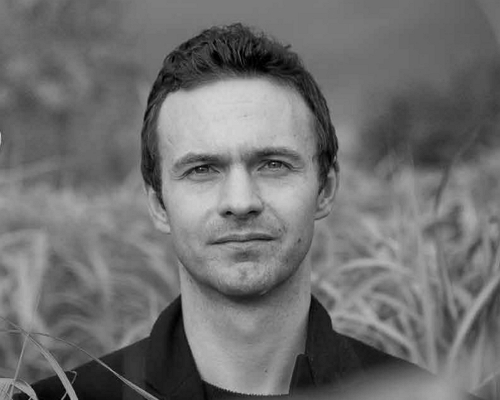
Dan Hayes
Celignis CEO And Founder
PhD (Analytical Chemistry)
<p style="text-align: left;">Dreamer and achiever. Took Celignis from a concept in a research project to being the bioeconomy's premier provider of analytical and bioprocessing expertise.</p>

Sajna KV
Bioanalysis Head
PhD
<p style="text-align: left;">Our Biomass Detective! Designs, tests, optimizes and validates robust analytical methods for our bioprocess development projects. Such bespoke analysis is key to developing an optimised bioprocess.</p>

